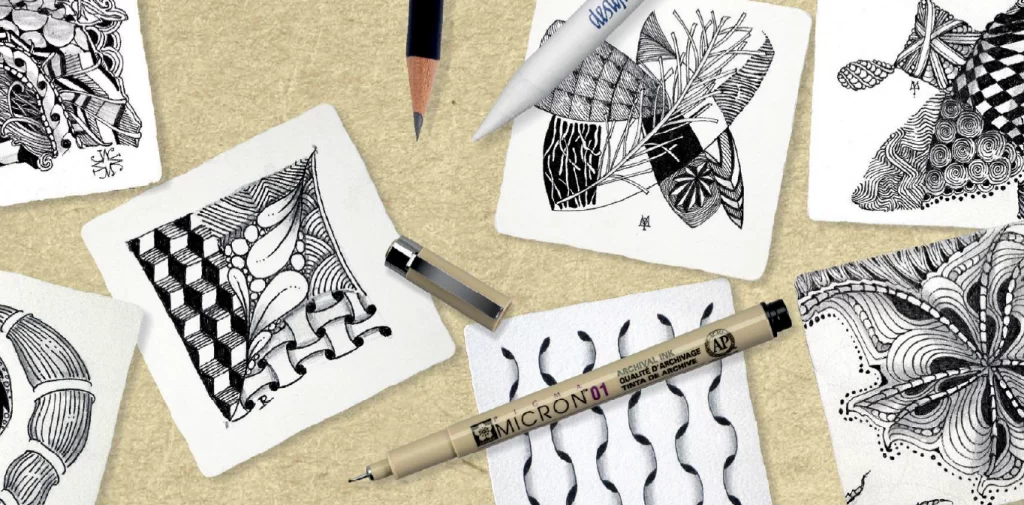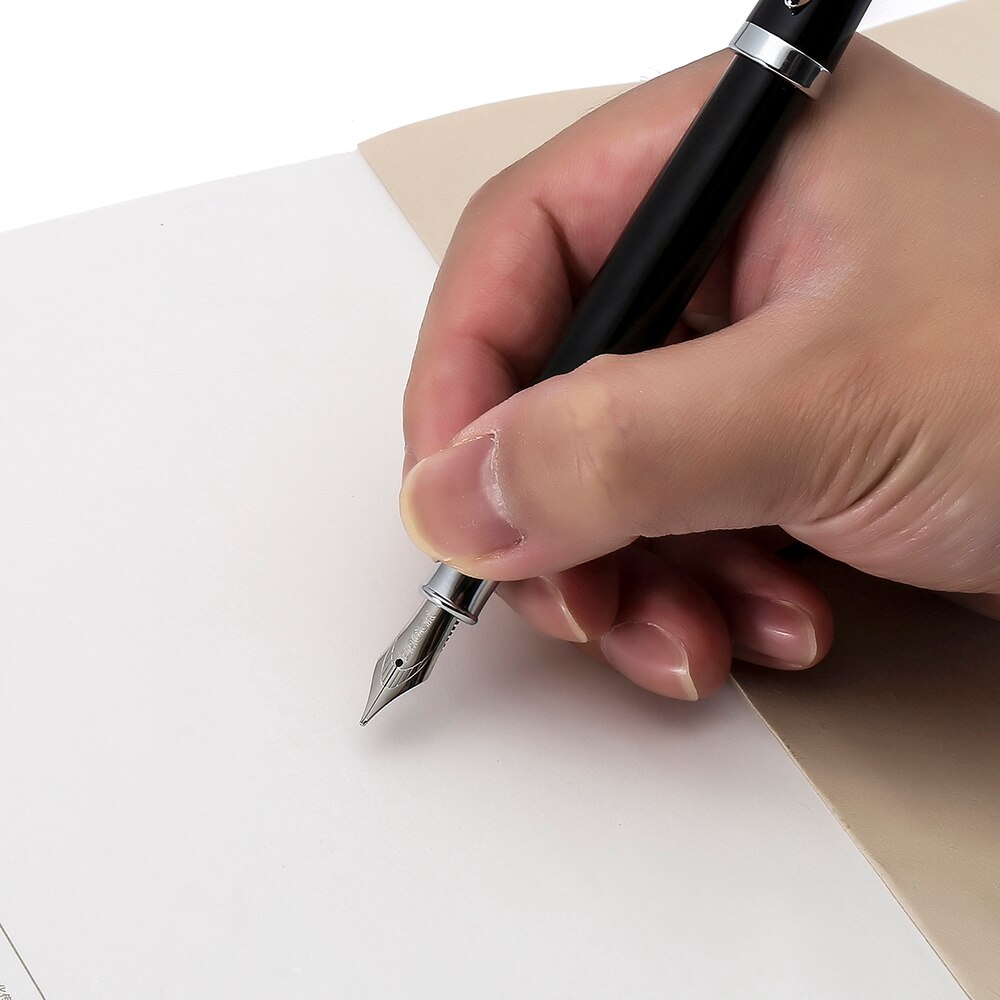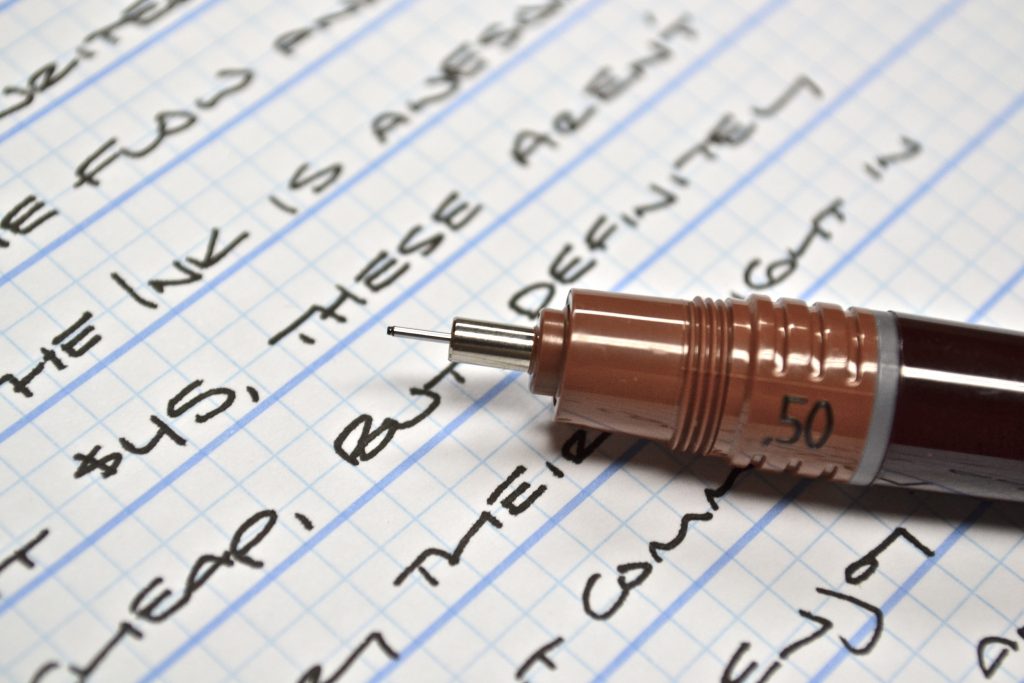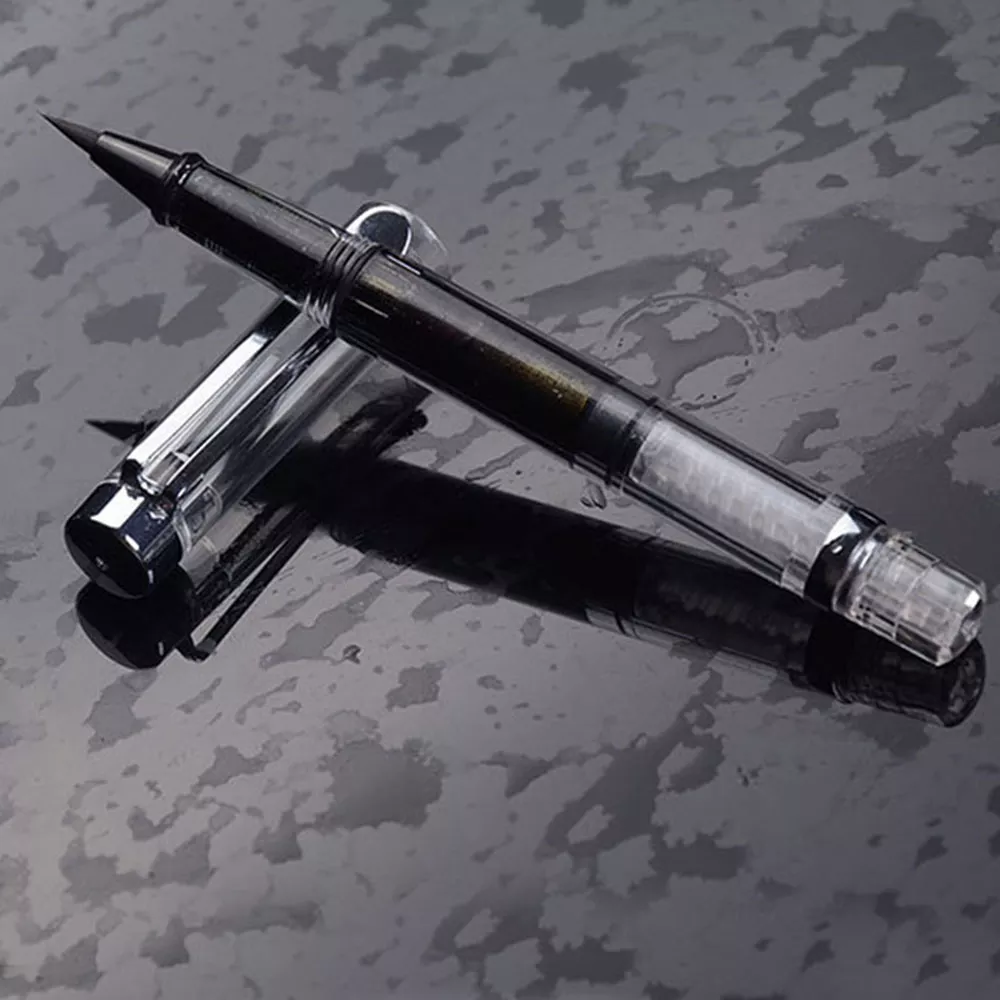A Beginner’s Guide to Ink Art Supplies and Their Purpose
Ink is a thick substance or a liquid that can be dripped from a pipette. It’s dyed with pigment or dye-based colouring you can use for drawing, painting and printing. It has a long history dating back to 256BC, when the ink was made from fish glue in China. Ancient Indians also used ink made from pitch, tar and burnt bones. It can be organic, from animals such as an octopus, and non-organic, made from petroleum, soot and heavy metals.

No matter if you already have some experience with drawing with ink, or you’re just starting to get involved in the process, you should always begin with the essential inks art supplies.
Ink
Drawing inks typically fall into one of two groups. It can be either dye-based or pigment-based. The pigment ones are natural and already have pigment, whereas dye-based ones are solutions that have to be infused with ink. When you use pigmented ink, the pigment sits on the paper and coats the surface. The dye-based gets absorbed into the paper, and it’s not that intense and bright in colour. That’s why experts recommend using pigment-based ink for drawing and making clean marks and lines.
There are several subcategories as well. Acrylic ink, for example, won’t fade fast and can be mixed with acrylic pains. India ink comes in many colours, not just black. Because it contains varnish or shellac, it’s very permanent and waterproof. If you write or draw on a smooth surface, the ink’s shine will be noticeable, and if you draw on a matter surface, you won’t see it as much. White ink is exciting to work with. It’s always pigment-based, and it’s very transparent. If you buy one, make sure you choose a thicker ink. This means that it has more pigment in it, and it’ll be more visible.
Nibs and Handles
Nibs
Nibs and handles weren’t always a part of the ink drawing and writing history. People in the past used sharpened bird feathers and reeds as tools. Nowadays, artists have many choices, different sizes, shapes, flexibility and materials. The nib is a pointed metal piece that you dip into the ink, and it transfers on paper or any other surface. It’s connected to a nib holder or the handle, and they create the famous ink pen together.
There are two basic nib shapes, italic and point. Italic ones have a rectangle-shaped blunt edge that’s not flexible. Still, you can create thick and thin lines depending on the angle you’re holding it and the side you’re using. The point nibs have two tines that come together to a rounded point. The width of the line depends on how separated are the tines. If you push harder, they’ll spread more and create wide lines and vice versa. You can use it for calligraphy or creating comics.

Nibs have two main sizes, mapping or Maru size, and the regular, comic size. The Maru size has a 3mm diameter and a circular base. The comic one is 9mm in diameter and has a curved base. Most handles can fit both sizes, but specify their size when you decide to buy inks art supplies. The nib’s tip size can vary from extra fine to broad. These measurements can be specified in millimetres and are more accurate for italic nibs because they’re stiff.
For the point nibs, besides the tip size, you should also consider their flexibility as well. A lot of flexibility can be challenging for a beginner at first, but with a lot of practice, you’ll become successful. Just keep in mind that flexible nibs will wear out after a while, and you’ll need to replace them. Nibs are most commonly made from stainless steel and layered for practical or cosmetic purposes. Some of the best coatings are titanium for durability and gold for corrosion resistance.
Handles
Straight and oblique are the two shapes for handles. The first type has a rubber ring, and the second has an extra appendage. They can be in different sizes and curves to fit in specific hands and for particular purposes. Many of them are made from plastic or wood. Plastic ones are easier to maintain because you can just wipe the ink off, but wooden ones stain a lot and are difficult to clean. But many famous ink artists don’t mind this and use wooden ones.
Technical Pens
If you don’t want to dip a pen or think it’s too messy, technical pens are a perfect replacement. Similar to nibs, these pens have different widths. They’re pre-filled, and you can refill some of them by buying an extra filler, but they’re a bit pricier. There are a few different technical pens:

- Archival – permanent, acid-free, have chemical resistance to breakdown;
- Fade-Resistant – don’t fade when exposed to light;
- Water-Proof – don’t cause bleeding;
- Fast-Drying – dry fast, with no smudges.
Paper
If you don’t think the paper is an essential factor, think again. It often gets overlooked, and people don’t get the same desired result. Like a fluid art surface, you should choose the paper you’re using carefully. Smoother surfaces are better to draw on because less texture means less bleeding, and there’s a smaller chance for the ink to be scarred or lifted. Bristol paper provides a more precise line work. It can come in 2 textures, vellum, which has a bit of texture, and smooth, which is entirely smooth. Always opt for a watercolour paper if you combine the ink work with watercolour washes or ink wash. It can have three textures:
- Rough;
- Cold press;
- Hot press.
In Summary

Ink art can be entertaining to do. It’s different from other painting techniques and requires a lot of practice and dedication. You can choose your own drawing method and surface according to your preferences and what works best for you. If you’re a beginner, give yourself some time, even if it looks complicated.